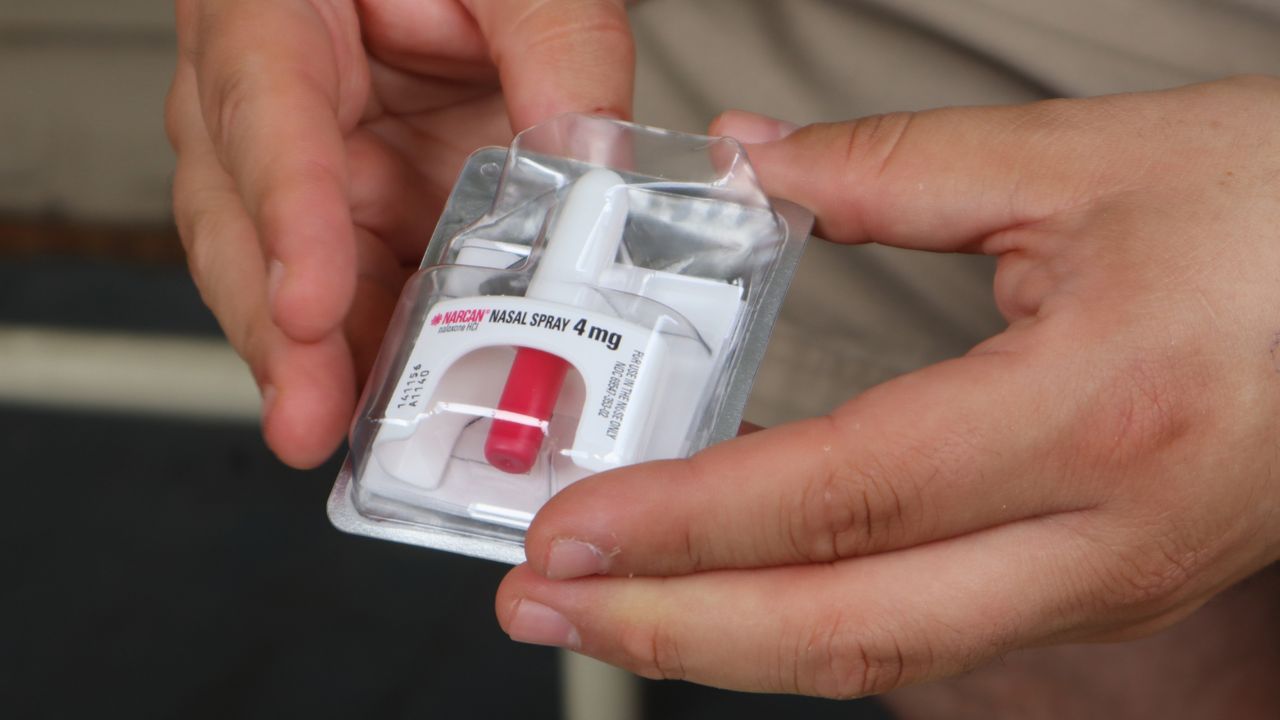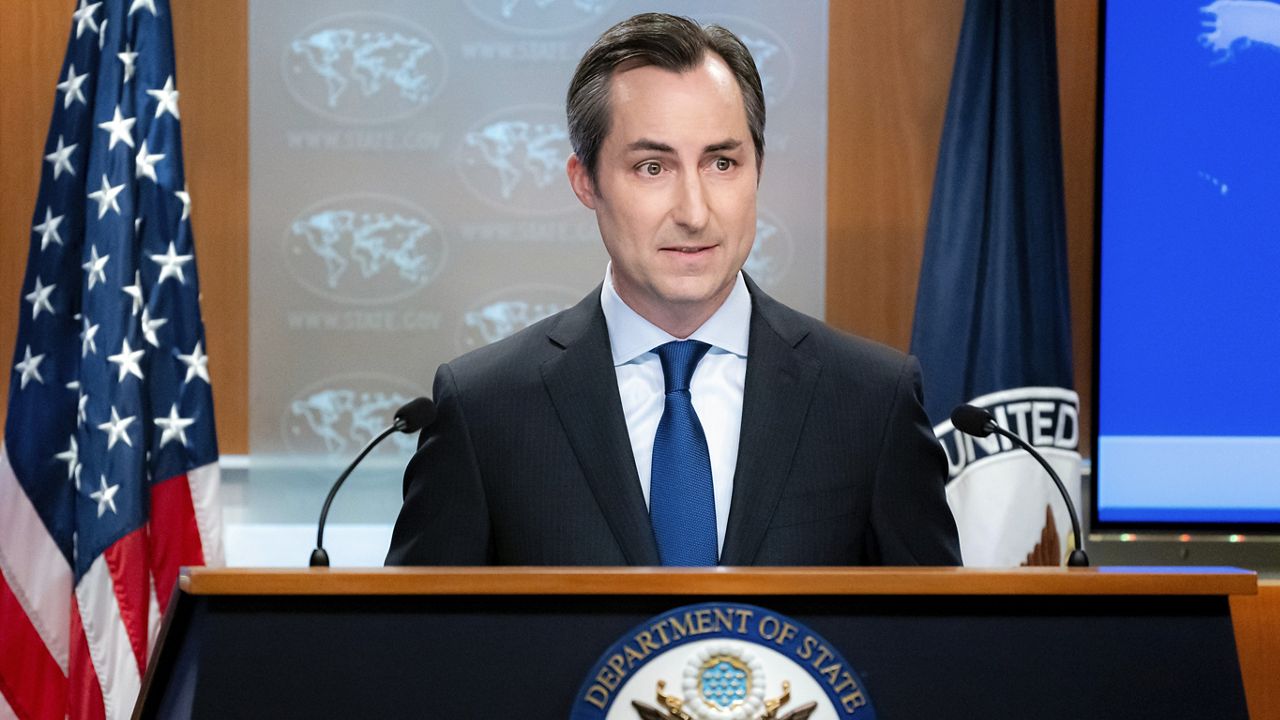The Biden administration on Thursday set live a new website meant to keep track of non-fatal opioid doses nationwide, aiming to eventually use the data to better “connect people to life-saving treatment for substance use disorder,” the White House said in a statement.
The dashboard was launched in partnership between the White House Office of National Drug Control Policy and the National Highway Traffic Safety Administration, and will use data from the National EMS Information System to compare local and regional jurisdictions where first responders answer calls regarding overdoses to national averages.
The site will examine data across four categories: the population rate of non-fatal overdoses in any given community, the average amount of naloxone administrations per patient, the average amount of time it took emergency personnel to reach a person experiencing an overdose and the percentage of how many such patients were not transported to a medical facility for subsequent treatment.
The site will not include data on bystander interventions, such as when non-emergency personnel successfully administer naloxone to opioid overdose patients, meaning it is likely “an underestimate of all naloxone administration in the nation,” per the White House. Naloxone is a medication approved by the Federal Drug Administration that can quickly reverse an overdose from opioids including heroin, morphine and oxycodone.
Administration officials hope that, over time, trends in the data will emerge that will help them tailor jurisdictional solutions to the opioid epidemic.
“Before today, the best available data at our disposal was the number of Americans dying from an overdose, which was too late to help save a life,” Dr. Rahul Gupta, director of ONDCP, said in part. “With this new dashboard, we can now provide first responders, clinicians, and policymakers with real-time, actionable information that will improve our response and save lives.”
The Non-Fatal Opioid Overdose Tracker will be updated every two weeks on Mondays, and over the coming year will evolve to include data on non-fatal overdoses from non-opioids. Officials also plan to publish information on patient outcomes, announcements on jurisdictional changes and more on the dashboard as it becomes available.
As of Thursday, the average EMS response time to opioid overdose patients hovered around 9.8 minutes. According to dashboard data, areas containing the highest rates of non-fatal overdoses included the cities of Portsmouth and Roanoke, Virginia and counties Powell and Carroll in Kentucky; Walker, Alabama; Orleans, Louisiana; Jasper, South Carolina; Mahnomen, Minnesota; Menominee, Wisconsin and Philadelphia.
“State EMS officials and clinicians provide nearly 49 million records a year to the National EMS Information System,” Ann Carlson, acting administrator of NHTSA, wrote in a statement. “This is a treasure trove of data that can help us identify areas most at risk of overdoses and direct resources and support accordingly to respond before it’s too late.”
Opioids are currently the main driver of overdose deaths in the United States, with a little over 82% of opioid-related overdose deaths involving synthetic opioids, according to data from the Centers for Disease Control and Prevention. Approximately 75,673 died from opioid-related overdoses in the 12 months before April 2021, up from 56,064 in the same time period a year prior.
In a call with reporters on Wednesday, Gupta said the U.S. has seen over 81,00 opioid-related deaths over the past 12 months, adding that “experiencing a nonfatal overdose is one of the most important predictors of a future fatal overdose.”
According to data published Thursday, there were more than 182,000 opioid overdoses in the past year with a nationwide rate of nonfatal overdoses per 100,000 people resting around 55%.







